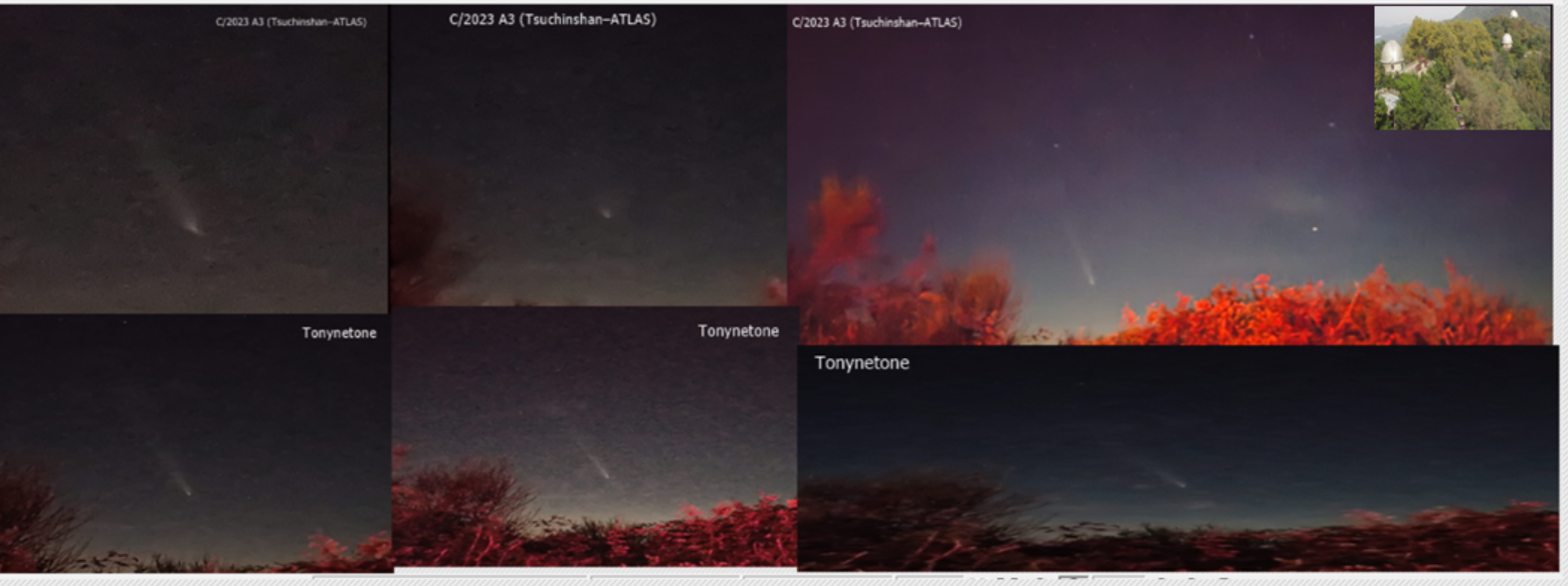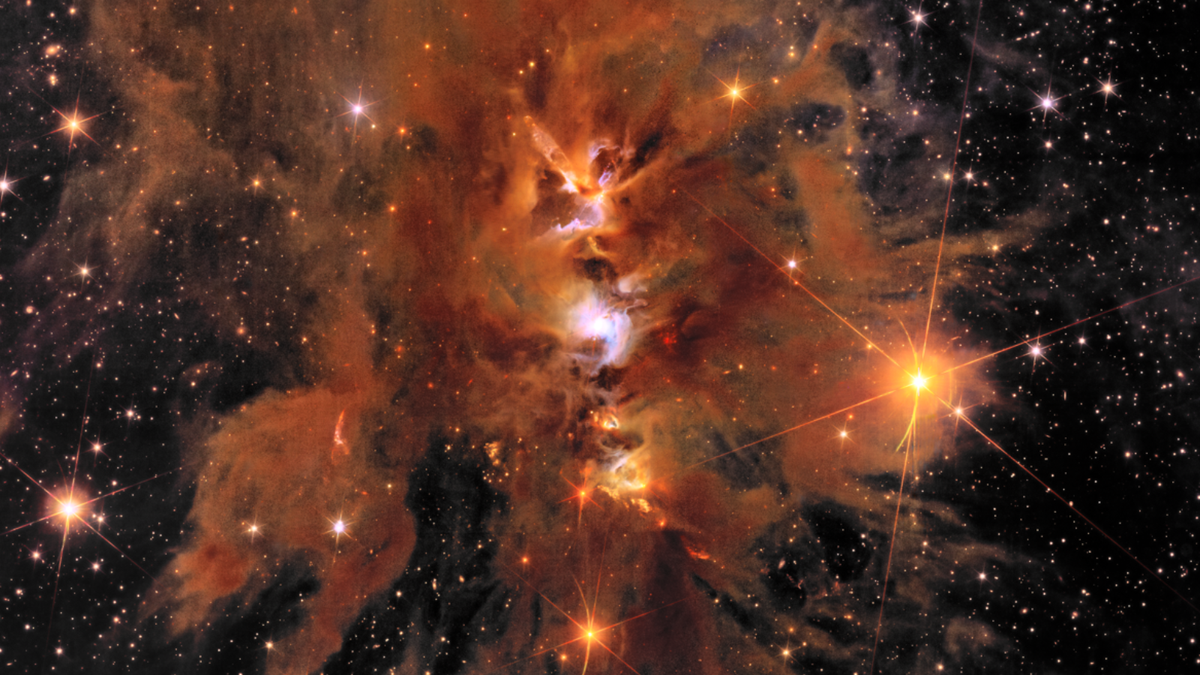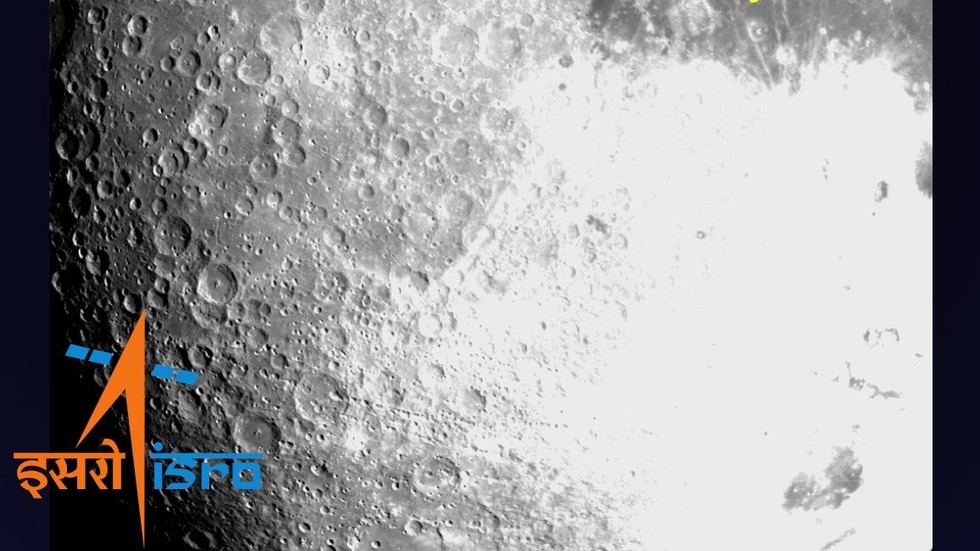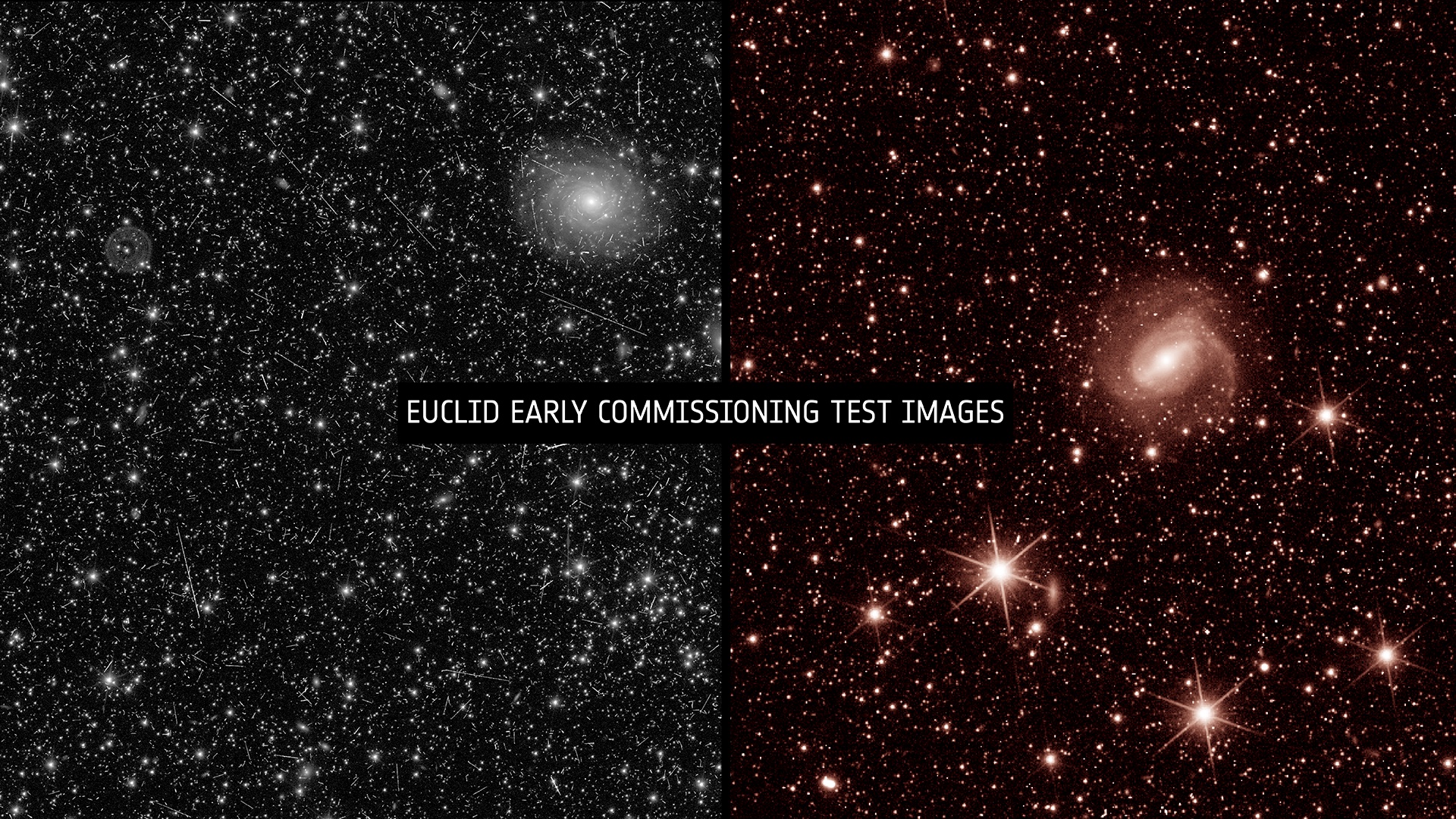Interesting, but Immanuel Velikovsky had already offered an alternative that might explain this in the 1950s. That, he suggested, may have been an eruption from Saturn which led to a great rain on Earth... but if this were the case, would there not be more frozen water on the surface of the Moon? Surely it could not all have fallen on the Earth... or does this suggest that, at that moment in time, there was no Moon?
Any hypothesis such as this (it is not a theory) tells us more about the limitations on (or indoctrination of) the thinking of the speaker than it does about a past reality. Astronomers seem to be obsessed with a surprisingly small repertoire of possible physical phenomena which do not take full account of what is actually available in the wider cosmos.
Plus, if the Moon had already been orbiting the Earth when this alleged "collision" took place, it would have gone careering through the Solar System once Earth's gravitation field was disrupted... so, are they suggesting that afterwards, the Moon was somehow magically "recaptured"? Or was it simply not there yet, being captured during a later epoch?
No matter how hard they try, the reformulation of hypotheses usually leads only to more contradictions down the line. The worst part, however, is that videos such as this function only as uncritical "repeaters" of pseudo-information - "pseudo" precisely because the "evidence" can only be indirect. These things are largely based on supposition, limited information and a pre-formed notion of how the universe works; the big surprise seems to be that, when you stand back and look at it, it seems to be based upon a surprisingly Newtonian, gravity-based model... and real "science" would be served better if they instead challenged the hypothesis. If "science" is merely a collection of unsupported hypotheses, we should not be surprised if the whole enterprise eventually collapses under the weight of contradictory evidence.
Unfortunately, as I have said before, the trouble with this kind of hypothesis is that in our experience, time travels in only one direction, and we are not able to jump into a convenient time machine to travel back and confirm anything. What we have is only an "interpretation" through the rose-tinted lenses of the current dominant paradigm.
https://www.facebook.com/reel/1779950362746428
Any hypothesis such as this (it is not a theory) tells us more about the limitations on (or indoctrination of) the thinking of the speaker than it does about a past reality. Astronomers seem to be obsessed with a surprisingly small repertoire of possible physical phenomena which do not take full account of what is actually available in the wider cosmos.
Plus, if the Moon had already been orbiting the Earth when this alleged "collision" took place, it would have gone careering through the Solar System once Earth's gravitation field was disrupted... so, are they suggesting that afterwards, the Moon was somehow magically "recaptured"? Or was it simply not there yet, being captured during a later epoch?
No matter how hard they try, the reformulation of hypotheses usually leads only to more contradictions down the line. The worst part, however, is that videos such as this function only as uncritical "repeaters" of pseudo-information - "pseudo" precisely because the "evidence" can only be indirect. These things are largely based on supposition, limited information and a pre-formed notion of how the universe works; the big surprise seems to be that, when you stand back and look at it, it seems to be based upon a surprisingly Newtonian, gravity-based model... and real "science" would be served better if they instead challenged the hypothesis. If "science" is merely a collection of unsupported hypotheses, we should not be surprised if the whole enterprise eventually collapses under the weight of contradictory evidence.
Unfortunately, as I have said before, the trouble with this kind of hypothesis is that in our experience, time travels in only one direction, and we are not able to jump into a convenient time machine to travel back and confirm anything. What we have is only an "interpretation" through the rose-tinted lenses of the current dominant paradigm.
https://www.facebook.com/reel/1779950362746428
Interesting, but Immanuel Velikovsky had already offered an alternative that might explain this in the 1950s. That, he suggested, may have been an eruption from Saturn which led to a great rain on Earth... but if this were the case, would there not be more frozen water on the surface of the Moon? Surely it could not all have fallen on the Earth... or does this suggest that, at that moment in time, there was no Moon?
Any hypothesis such as this (it is not a theory) tells us more about the limitations on (or indoctrination of) the thinking of the speaker than it does about a past reality. Astronomers seem to be obsessed with a surprisingly small repertoire of possible physical phenomena which do not take full account of what is actually available in the wider cosmos.
Plus, if the Moon had already been orbiting the Earth when this alleged "collision" took place, it would have gone careering through the Solar System once Earth's gravitation field was disrupted... so, are they suggesting that afterwards, the Moon was somehow magically "recaptured"? Or was it simply not there yet, being captured during a later epoch?
No matter how hard they try, the reformulation of hypotheses usually leads only to more contradictions down the line. The worst part, however, is that videos such as this function only as uncritical "repeaters" of pseudo-information - "pseudo" precisely because the "evidence" can only be indirect. These things are largely based on supposition, limited information and a pre-formed notion of how the universe works; the big surprise seems to be that, when you stand back and look at it, it seems to be based upon a surprisingly Newtonian, gravity-based model... and real "science" would be served better if they instead challenged the hypothesis. If "science" is merely a collection of unsupported hypotheses, we should not be surprised if the whole enterprise eventually collapses under the weight of contradictory evidence.
Unfortunately, as I have said before, the trouble with this kind of hypothesis is that in our experience, time travels in only one direction, and we are not able to jump into a convenient time machine to travel back and confirm anything. What we have is only an "interpretation" through the rose-tinted lenses of the current dominant paradigm.
https://www.facebook.com/reel/1779950362746428
0 Kommentare
0 Anteile
1KB Ansichten










